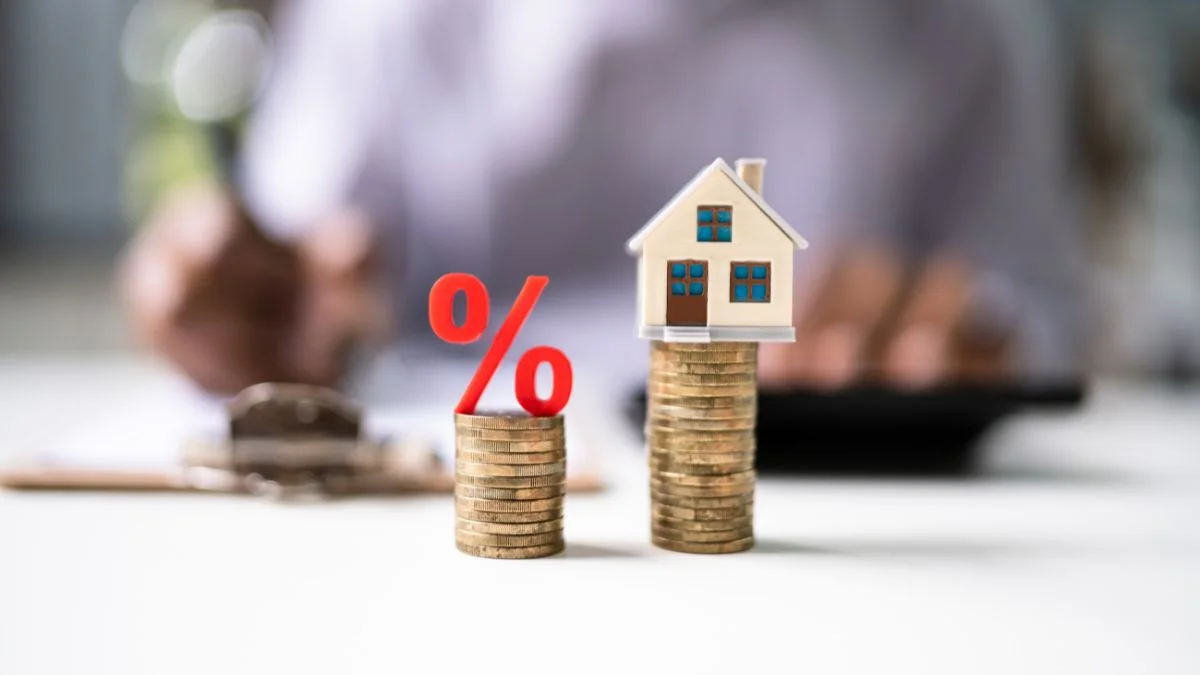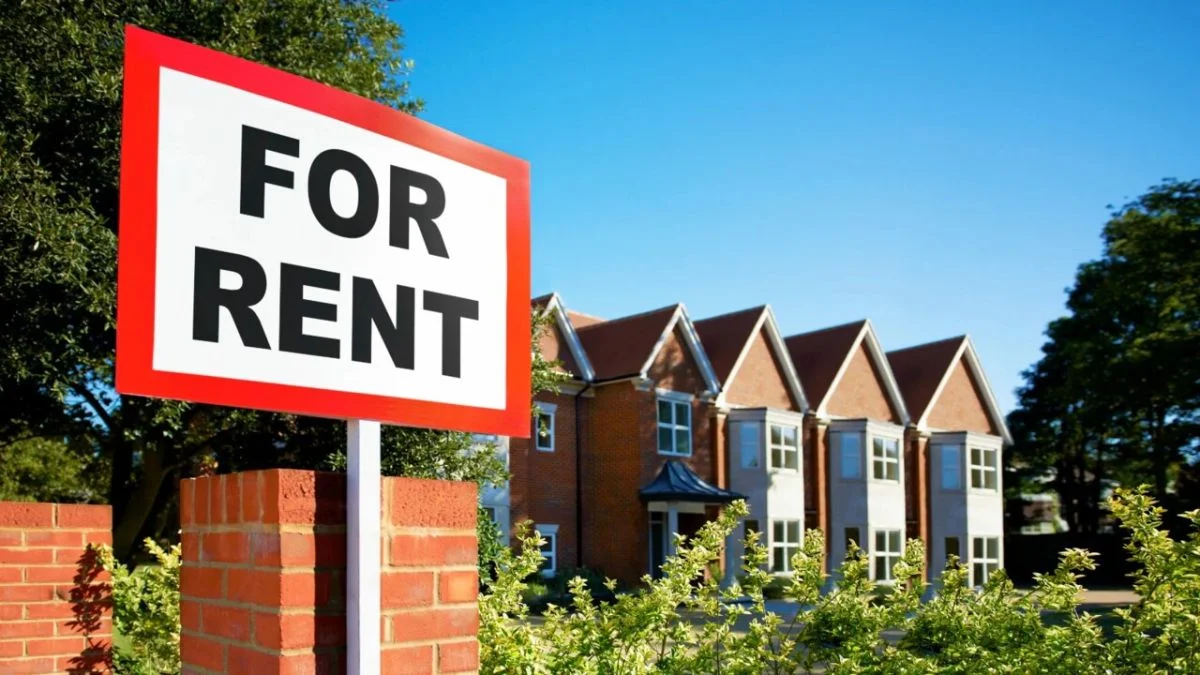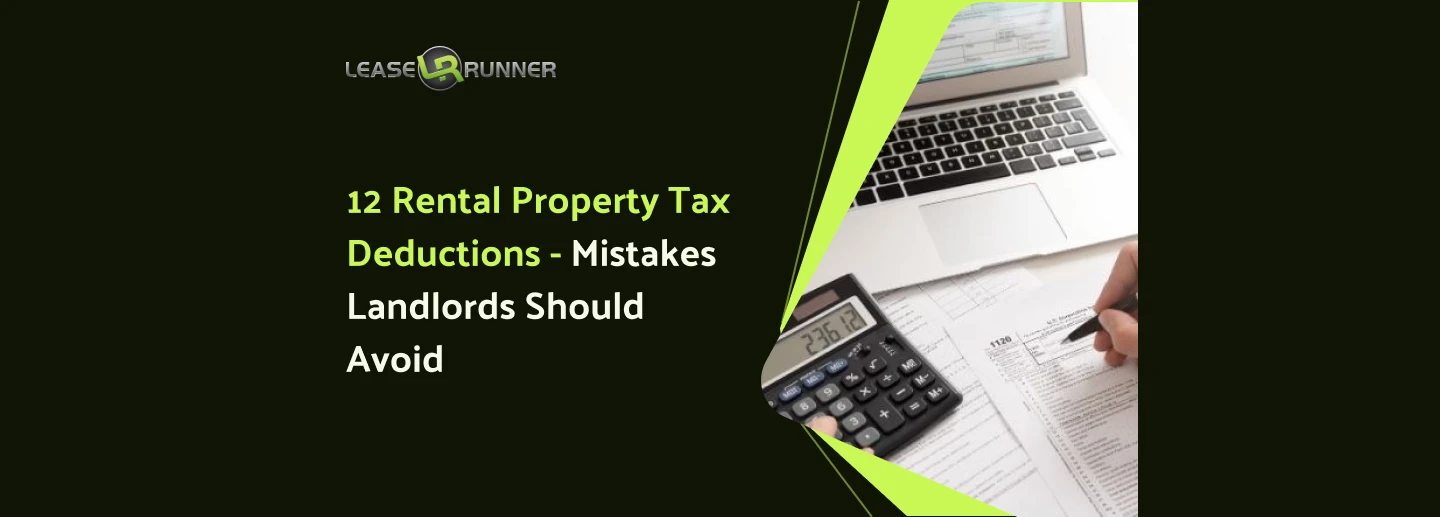As a landlord, understanding your property's performance is key to long-term success. One of the most important metrics you need to master is the vacancy rate. Whether you manage a single-family home or a multi-unit apartment complex, knowing how to determine vacancy rate is essential for maximizing your returns and minimizing lost income.
In this comprehensive guide, we break down what vacancy rate means, how to calculate it, and feasible strategies to reduce the rental vacancy rate.
What is the Vacancy Rate in a Rental Property?
Vacancy rate is the percentage of unoccupied units in your property over a period. This core metric indicates just how much of your rental inventory is lacking in income generation. A low rate suggests strong demand, while a high vacancy rate signals potential issues for landlords.

For example, your vacancy rate is 12.5% if one unit is vacant. You do own an eight-unit building in such an instance. This figure can shift because of market changes, tenant turnover, or seasonal demand. Due to this risk, routine tracking matters.
Why is Vacancy Rate Important for Landlords?

The vacancy rate for rental property is a powerful diagnostic tool that offers insights into various aspects of your investment. Here’s why it matters:
Direct Impact on Rental Income
Every vacant unit represents lost income. A high vacancy property can severely disrupt your cash flow, making it harder to cover operating costs or invest in improvements. For example, if your average monthly rent per unit is $2,300, a single vacant unit causes a 100% loss of that $2,300 income for the month. If your property has 10 units and one unit is vacant, that means a 10% reduction in total rental income.
Furthermore, the longer a unit remains vacant, the greater the cumulative income loss. Suppose the average vacancy period is 2 months per unit per year; that could mean a 16.7% reduction in annual rental income from that unit alone (2 months ÷ 12 months = 16.7%). This reduction directly lowers your overall return on investment (ROI) because you have less income to cover mortgage payments, maintenance, and other expenses.
Therefore, understanding this impact helps you take proactive steps to fill vacancies faster.
Property Performance and Investment Returns
Vacancy rate is a key indicator of how well your property is performing in the rental market. To evaluate this effectively, investors and landlords should compare their property's actual vacancy rate and rental income against local market averages or benchmarks. For example, if the average vacancy rate in your area is 7%, but your property consistently experiences 11%, this suggests an underperforming asset that may need strategic improvements.
To help with comparing your property’s vacancy rate and rental income to market averages, you can use tools like rental market reports, vacancy rate calculators, or property management software to track these numbers in real time. By regularly checking your vacancy rates and comparing your returns, you can spot problems early and take action, such as lowering rent, fixing the property, or improving marketing to fill vacancies faster and increase your profits.
Market and Pricing Insights
Analyzing your vacancy rate in comparison to local market trends helps you assess whether your pricing strategy is on point. For example, if the typical vacancy rate in your market is around 5% but your property shows a 9% vacancy rate, it’s a clear sign your pricing may be too high or not competitive enough. In such cases, reevaluating your rental rates is crucial to attract tenants.
On the other hand, if your vacancy rate is significantly lower than the market average. For instance, the market vacancy rate is 7% but your property has only 3% vacancy - while maintaining higher rents, this shows your pricing strategy is effective. In such cases, you might even have room to increase rent further without risking higher vacancies.
Operational Efficiency and Property Management
A fluctuating or high vacancy rate can signal inefficiencies in your property management, including marketing, thorough tenant screening to reduce risky applicants, timely maintenance, and tenant retention efforts.
Skipping or rushing the tenant screening process can result in leasing to unreliable or high-risk tenants - those who may default on rent, damage property, or violate lease terms. These issues often lead to costly evictions, extended vacancy periods, and increased turnover expenses.
Therefore, investing in a comprehensive property management process not only minimizes risk but also improves occupancy stability and overall operational performance.
Investor and Lender Confidence
For serious investors and lenders, a stable, low vacancy rate signals a well-managed and profitable asset. If you're seeking refinancing or expanding your portfolio, a strong track record of low vacancies boosts confidence from banks and investors in your ability to manage properties effectively.
Learn more about how your rental income affects property tax deductions and how to optimize your returns.
6 Factors That Impact Vacancy Rates

Understanding what drives your vacancy rate helps you fix issues faster. These are the most common factors:
- Location and Neighborhood
- Rental Pricing Strategy
- Property Condition and Maintenance
- Economic Conditions and Market Trends
- Seasonality and Timing
- Tenant Relationships and Satisfaction
1. Location and Neighborhood
The specific location of your property plays a huge role. For example, properties in desirable areas (near transit, jobs centers, schools) typically have lower vacancy rates. Conversely, neighborhoods with declining populations or high crime rates might experience higher vacancies.
2. Rental Pricing Strategy
Setting the right rent is critical. If your rent is too high compared to similar properties, you’ll struggle to attract tenants. If it’s too low, you leave money on the table. A competitive and fair price is key to minimizing vacancy.
3. Property Condition and Maintenance
Prospective tenants find well-kept homes with contemporary conveniences much more appealing. Frequent maintenance and prompt repairs can help you keep current tenants and drastically cut down on the amount of time a unit is unoccupied.
4. Economic Conditions and Market Trends
Broader economic factors, such as job market shifts, interest rates, and local housing supply and demand, all directly influence your vacancy rates. During economic downturns, rent vacancy rates often rise as fewer people can afford to rent or choose to move.
For example: According to the Federal Reserve Bank of St. Louis, rental vacancy rates tend to rise significantly during economic downturns, as observed during the 2008 financial crisis and the COVID-19 pandemic.
5. Seasonality and Timing
The season can also have an impact on vacancy rates. For example, fewer people are looking to move during the winter holidays, and the rental market is frequently busier during the warmer months.
6. Tenant Relationships and Satisfaction
Tenants who are satisfied are more likely to extend their leases. A courteous landlord-tenant relationship, timely problem-solving, and effective communication can all greatly increase tenant retention and lower your vacancy rate.
How to Calculate Vacancy Rate for Your Rental Property?

Let’s break down how to calculate vacancy rate for rental property. There are a couple of primary methods we use:
- By Number of Units
- By Number of Days
By Number of Units
This method to calculate vacancy rate is straightforward, especially for multi-unit properties.
Example: If 4 out of 10 units are empty, the vacancy rate is (4 ÷ 10) × 100 = 40%.
By Number of Days (Time-Based)
This method helps determine vacancy rate more accurately by considering the duration of vacancy.
Example: If a unit was vacant for 60 days in a 365-day year, the vacancy rate is (60 ÷ 365) × 100 ≈ 16.4%.
Examples of Calculating Vacancy Rate
Let's look at some practical examples to illustrate how to determine vacancy rate for apartment buildings and single-family homes.

Single-Family Vacancy Rate Calculation
Imagine we have a house in Dayton, OH. It was vacant for 30 days in a 365-day year.
Vacancy Rate = (30 Vacant Days / 365 Total Possible Rental Days) x 100 = 8.22%
→ This is slightly above the average vacancy rate of rental properties in Ohio, which hovers around 6%–7%.
Multi-Unit Apartment Vacancy Rate Calculation
Suppose we have an apartment building with 4 units in Houston, Texas. Here’s a detailed analysis for the year 2024:
To get a bird’s-eye view, calculate the overall vacancy rate:
- Total Vacant Days: 5 + 10 + 15 + 30 = 60 days
- Total Rentable Days: 4 units × 365 days = 1,460 days
- Average Vacancy Rate: 60 ÷ 1,460 = 4.1%
Understanding what is a good vacancy rate for rental property can vary based on market conditions, but generally, a rate under 6-7% is considered healthy (According to Landlord Studio’s data).
For a deeper dive into your financial landscape, consider exploring states with no property tax to optimize your investment.
7 Practical Ways For Landlords to Decrease Your Vacancy Rate

Your profits may suffer greatly from a high vacancy rate. Here are 7 efficient tactics we use to assist landlords in minimising downtime and maintaining occupancy on their properties.
1. Set Competitive and Realistic Rental Prices
Research local rent vacancy rates and market listings. You need to analyze comparable properties nearby to ensure your prices attract tenants and remain competitive. Overpricing is a common cause of long vacancies.
Check listings on platforms like Zillow, Rentometer, or Apartments.com for units with similar:
- Square footage
- Number of bedrooms/bathrooms
- Neighborhood amenities
- Property type (e.g., apartment, townhouse, single-family)
ProTip: Adjust seasonally. In colder months or slower rental seasons, tenants tend to be pickier about price.
2. Keep Your Property Well-Maintained and Appealing
First impressions matter. Always check to ensure our properties are clean and in excellent condition before viewings. Regular upkeep attracts new tenants and encourages current ones to stay. Proactive maintenance helps minimize vacancy rates.
3. Market Effectively and Widely
You can’t rent what people can’t find. Therefore, making a strong marketing strategy is essential to get your listing in front of the right tenants. Here are some tips to help us advertise your property effectively:
- Use High-Quality Photos: Use natural light and wide-angle shots. Showcase clean spaces, upgraded features, and community amenities like pools or gyms.
- Compelling Property Descriptions: Be clear, concise, and specific. Mention key details like location, proximity to schools or public transportation, amenities, and any unique selling points such as updated appliances or a large backyard.
- Online Listing Sites: Post your rental unit on popular property rental platforms like Zillow, Apartments.com, and Craigslist to increase exposure. These platforms reach a wide audience of potential renters.
- Leverage Social Media: Share your listing on social media platforms like Facebook, Instagram, and X (formerly Twitter). Consider joining local Facebook groups or community pages where renters might be looking.
- Traditional Marketing Methods: Traditional methods like flyers, brochures, or local newspaper ads for additional exposure. Place flyers in high-traffic areas like coffee shops, libraries, or local businesses.
- Highlight the Neighborhood: Mention nearby amenities, such as parks, restaurants, or shopping areas, to paint a picture of the community lifestyle.
For example, you have a building in Houston, Texas, and posted your listing on Zillow, but also shared a short walk-through video on Instagram Stories and in a Houston renters Facebook group. The unit was filled in under a week.
4. Respond Quickly to Inquiries and Applications
In today’s rental market, speed wins. Good tenants are often applying to multiple listings at once, and whoever replies first may secure the deal:
- Set up automatic replies for inquiries that offer next steps.
- Aim to respond within 24 hours.
- Pre-screen with a short questionnaire (income, move-in date, pets, etc.) to save time.
- Have digital applications and lease agreements ready to go.
5. Retain Good Tenants
Finding a new tenant is always more expensive than keeping a great one. When you treat good tenants well, they’re more likely to renew their lease - and save you the hassle and costs of turnover.
Here are some ways to retain good tenants:
- Offer small upgrades at lease renewal (e.g., a new appliance, ceiling fan, or carpet cleaning).
- Provide rent discounts or bonuses for long-term renewals.
- Communicate clearly and respectfully. Respond to repair requests quickly.
- Send a personal note or small gift during the holidays.
6. Flexible Leasing Options
Offering month-to-month or shorter lease terms can attract a wider pool of renters, especially during slower seasons. Flexible lease options might include:
- Month-to-month leases
- 6-month lease options
- Lease start dates outside the 1st of the month
- Early move-in incentives
7. Use Thorough Tenant Screening
A bad tenant can cost you in damage and unpaid rent. At LeaseRunner, we provide tenant screening services to help you choose the best renters and reduce risk. Our online tenant screening services include:
- Credit Reports
- Background Checks
- Criminal History Reports
- Eviction Records
- Income Verification Tools
- Digital Rental Applications
- Electronic Lease Signing
Everything is handled securely online, and you only pay when you order a screening report - no subscriptions required.
Conclusion
Vacancies are sometimes inevitable, but they don't have to be frequent or costly. With the right strategies, you can significantly reduce your vacancy rate, improve tenant satisfaction, and build consistent rental income over time. With the updated guides from LeaseRunner, you can proactively save time, reduce stress, and get the lease signed sooner!






